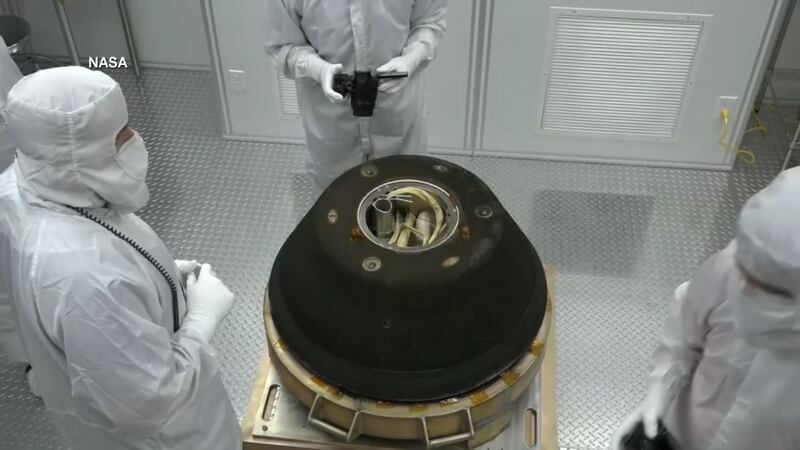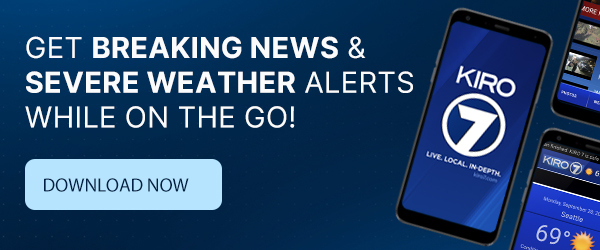REDMOND, Wash. — A Redmond-based company could help NASA scientists unlock the secrets of the solar system and how life on Earth began — so small stakes stuff.
We’re talking about L3 Harris, formerly known as Aerojet Rocketdyne. KIRO 7′s Ranji Sinha spoke to a company exec who says the company’s work on NASA’s OSIRIS-REx mission could lead to future asteroid trips and a far future that sounds more like science fiction.
The company was instrumental in helping NASA bring a sample from an asteroid back to Earth, and work done here could pave the way for a future where humans travel to the asteroid belt, visit asteroids, work and mine the asteroid belt. It sounds like sci-fi but It’s not.
For company executive Bill Cahill, Sunday was the culmination of years of work.
“A tremendous sense of pride and accomplishment — all of the contributions from the folks here in Redmond who were able to make that happen,” said Cahill.
Sunday was when a NASA capsule landed in the Utah desert carrying samples from an asteroid. The OSIRIS-REx mission that started in 2016 came back to earth. Aerojet Rocketdyne was behind the propulsion design and helped build the engines for the mission spacecraft.
“The mission as a whole was extremely ambitious …we built the thrusters for the entire OSIRIS-REx mission…the very, very fine and delicate maneuvering around the asteroid to keep it in orbit,” said Cahill, who is a program manager at Aerojet Rocketdyne.
Aerojet Rocketdyne developed four types of engines and 28 were used in the mission. It took more than two years for the spacecraft to reach the asteroid named Bennu. A spacecraft touched down on it in 2020, collected samples and then took off for the voyage home. Those samples are now on Earth; scientists will study them to answer how the Earth and solar system were made.
For AR and its 450 employees, the company had to create an engine that could make a soft landing, and that effort proves it can be done. Cahill had to admit that returning a scientific sample back to Earth proves that we could see equipment and people making soft landings on asteroids in the future.
Cahill also said that could open the option of bringing all kinds of things back to Earth, for now, though, accomplishing the science and studying the asteroid samples is key.
“There’s no substitute to having the materials on the surface of the Earth where we have access to all the machinery and labs to do a full exploration,” said Cahill.
AR says it will study the performance of its engines and that it is already involved in another effort to get spacecraft to a different asteroid.
©2023 Cox Media Group








